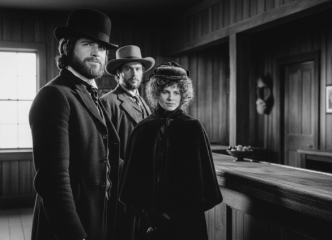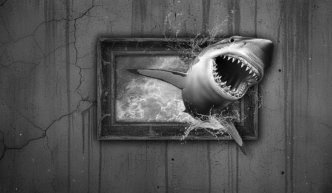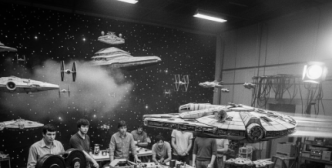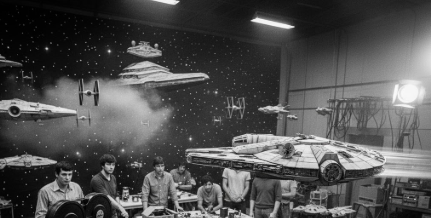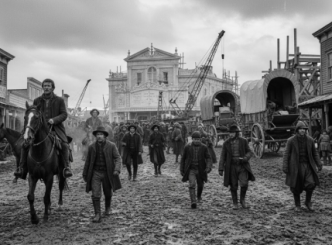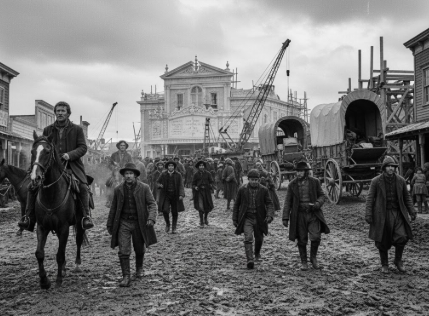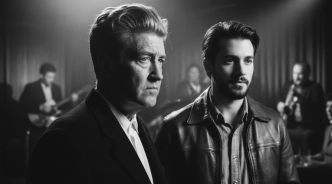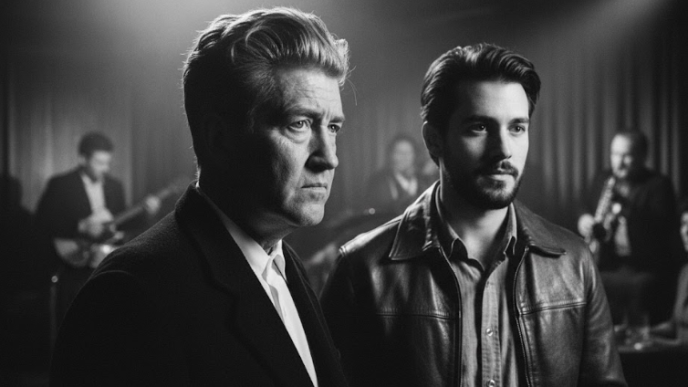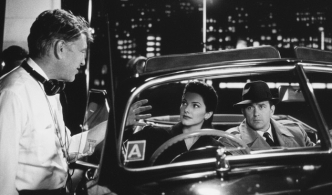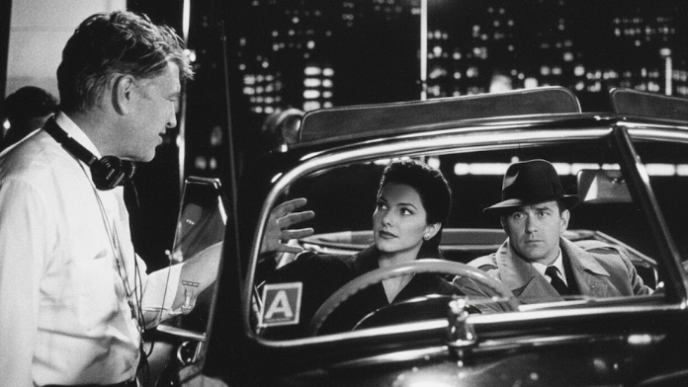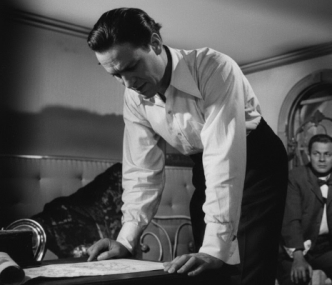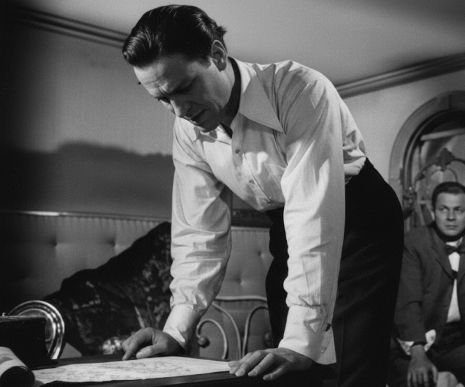In 1971, fresh off the success of his iconoclastic war film M*A*S*H, director Robert Altman set his sights on America’s most sacred genre, declaring he wanted to make “a western that wasn’t a western.” The result was McCabe & Mrs. Miller, a film that is less a story and more a haunting pipe dream, a melancholic and overwhelmingly sad poem for a West that never really was.
It stands as a masterpiece of the New Hollywood era and the definitive “anti-Western,” a film that systematically dismantles the heroic myths of the frontier, replacing them with a dream-like vision of mud, snow, and the brutal indifference of capitalism. Altman’s film is a radical act of demystification, an elegy for the dead that drains the romance from the American West, leaving behind a beautiful, tragic, and unforgettable ruin.
Subverting the Archetypes: The Fool and the Madam
At the heart of Altman’s revisionism is his complete inversion of the classic Western archetypes. The film’s protagonist, John McCabe (Warren Beatty), is no stoic hero. He is a bumbling, anxious, small-time gambler who arrives in the ramshackle mining town of Presbyterian Church cloaked in a magnificent fur coat and a cloud of self-aggrandizing bluster. He allows rumors to circulate that he’s a notorious gunfighter, but his confidence is a fragile facade, a performance that barely conceals his insecurity and foolishness. Unlike the purposeful heroes of tradition, McCabe is a man powerless to control his own fate, a fantasist who is ultimately no match for the cruel brutishness of reality.
The film’s true center of gravity arrives in the form of Constance Miller (Julie Christie), a sharp, pragmatic, and opium-addicted madam. She is not a damsel to be saved but a shrewd businesswoman who immediately sees through McCabe’s incompetence and emasculates him with her superior intellect and business savvy. Their relationship is not the sweeping romance of a classic Western but a business partnership, a fact underscored by the film’s title, McCabe & Mrs. Miller, with an ampersand that suggests a corporation, not a couple. Even in their most intimate moments, McCabe must pay for her time, a transactional reality that underscores the film’s bleak view of human connection in a world governed by commerce.
Capitalism as the Villain: “Money and Pain”
If classic Westerns are about the battle between civilization and savagery, McCabe & Mrs. Miller argues that the true conflict is between the individual entrepreneur and the crushing, impersonal force of corporate capitalism. The film is, at its core, a story about money. The dialogue is relentlessly focused on prices, wages, and profits, portraying the settling of the West not as a quest for democracy, but as a brutal pursuit of profit.
McCabe, the small-time capitalist, builds a small empire of gambling and prostitution, bringing a crude form of “civilization” to the town. However, his success attracts the attention of the Harrison Shaughnessy Mining Company, a faceless corporation that is notorious for having people killed when they refuse to sell. Full of misplaced bravado, McCabe overplays his hand in negotiations, foolishly rejecting their offer. This fatal miscalculation seals his doom. The company dispatches three hired killers, and McCabe is forced into a pathetic scramble for self-preservation. His death—alone, bleeding out in a snowbank while the town he helped build is preoccupied with saving its church from a fire—is a devastating commentary on the futility of the individual against the ruthless machinery of corporate America.
A Dream of the Past: The “Altmanesque” Style
What elevates McCabe & Mrs. Miller from a simple genre critique to a work of cinematic poetry is Altman’s signature, immersive style. Working with the legendary cinematographer Vilmos Zsigmond, Altman created a visual aesthetic that is hazy, dream-like, and hauntingly beautiful. By “flashing” the negative before exposure and using fog filters, Zsigmond gave the film a suffused, desaturated look, as if viewing a collection of old, faded photographs lit from within. This radical technique creates a sense of “reflective nostalgia,” lingering on the ruins and imperfections of the past rather than trying to perfectly reconstruct it.
This visual dreamscape is paired with Altman’s revolutionary approach to sound. The dialogue is famously overlapping and often mumbled, creating a cacophony where specific words are less important than the overall “feeling tone.” This technique can be alienating, but it contributes to the film’s profound sense of realism, making the audience feel as if they have stumbled upon a real, messy world already in progress.
The final layer of the film’s melancholic spell is its soundtrack. In a move that was unheard of at the time, Altman eschewed a traditional score in favor of three pre-existing songs from Leonard Cohen’s 1967 album, Songs of Leonard Cohen. The mournful, poetic lyrics of “The Stranger Song,” “Sisters of Mercy,” and “Winter Lady” function as an informal narrator, filling in the emotional and narrative blanks left by the elliptical storytelling and providing a window into the characters’ lonely, wandering souls.
Conclusion: An Elegy for the American Dream
A box-office failure upon its release, McCabe & Mrs. Miller has since been recognized as one of the greatest films of the New Hollywood era and one of the most important Westerns ever made. It is a profoundly sad and pessimistic film, a meditation on the fragility of love, community, and the individual spirit in a world driven by greed. By stripping the Western of its heroism and patriotism, Robert Altman created something far more resonant: a beautiful, haunting, and unforgettable elegy for a dream that never really had a chance of coming true.
Discover how Vilmos Zsigmond’s cinematography turned McCabe & Mrs. Miller into a visual dream →

Dario Loce is the founder and editor of Celebrimous. He is a lifelong film enthusiast and the author of several locally-published books on cinema history and analysis. His passion is deconstructing the “how” and “why” of filmmaking, from the director’s vision to the editor’s cut. When not lost in a classic film, he’s usually walking through the city, replaying scenes in his mind like unfinished stories.
